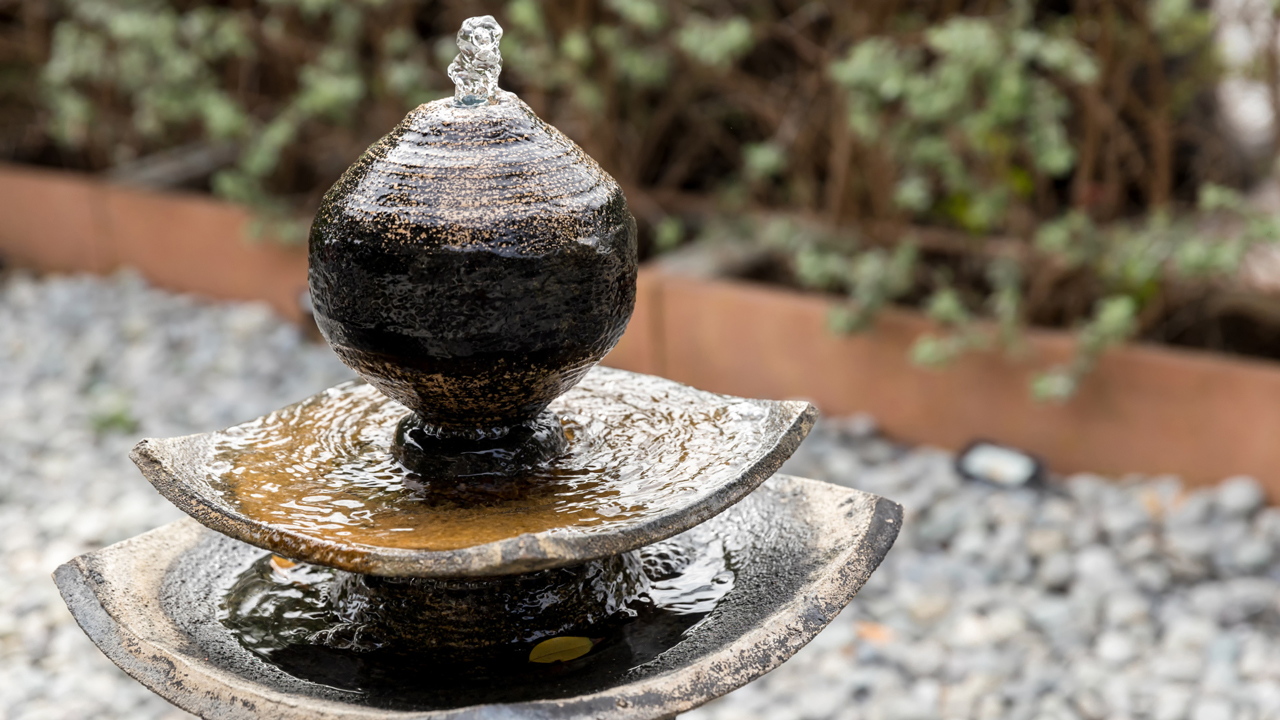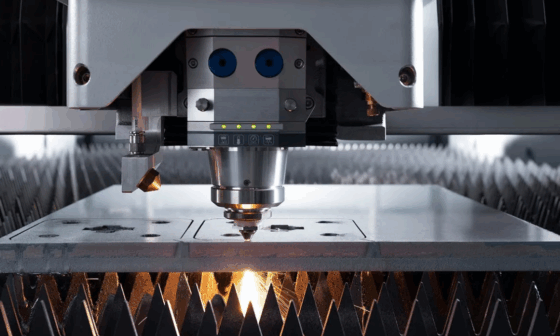In today’s modern world, the need for products, which bring economic efficiency has increased. Industries are now continuously generating helpful products, which improve labor productivity and help people avoid working in dangerous environments. All the successes owe a great deal to equipment and machinery that replaces human effort and serves the needs of humans. According to experts at Pumpbiz, examples of remarkable inventions making these changes include chemical and fountain pumps.
Chemical Pumps
Chemical pumps often play an important role in industrial production; thus, facilitating the transfer of different chemical fluids. With different requirements for application, you will find different chemical pumps in the market. The most common ones include turbine pump and magnetic pump. A turbine pump works by operating turbines to transport chemical fluids. It often features high pressure and flow rates, making it ideal for clean media. On the other hand, a magnetic pump applies the principle of magnetic coupling. It works in sealed states without any mechanical seals, avoiding leakage of liquids. Other types include:
- Diaphragm pumps
- Screw pumps
- Submerged pumps
- Plunger pumps
- Centrifugal pumps
- Piston pumps
- Peristaltic pumps
- Vortex pumps
Applications of Chemical Pumps
There are many applications of chemical pumps. Some of the common applications of these pumps include the following:
- Blending and Mixing
Chemical pumps incorporate and mix different compounds of chemicals, ensuring a homogenous and consistent mixture.
- Solids Handling
These chemical pumps handle and transfer solid materials. These may include granules and powers in the chemical processing applications.
- Waste Management
In the management of wastes, chemical pumps help to transfer sludge and waste chemicals to disposal or treatment areas.
- Filtration
Chemical pumps help to transfer fluids through filters so as to get rid of impurities. They also ensure final products meet the required standards in terms of quality.
Fountain Pumps
Manufacturers design fountain pumps to supply water to devices and fountains used for aeration and aesthetic purposes in industrial, commercial, and residential applications. They are configured to use, either outdoors or indoors, and can further be categorized by the pond’s or pool’s size and whether applications are functional or decorative. Examples of fountain pumps include positive displacement and centrifugal pumps. Positive displacement pumps often use contracting and expanding principle to move liquids. On the other hand, centrifugal pumps move water using centrifugal pressure that an impeller’s movement creates.
Applications of Fountain Pumps
Applications of these pumps are based on industrial and commercial. Industrial fountain pumps help to aerate wastewater from production processes. They often circulate stagnant water so as to minimize mosquito population and accumulation of algae. As for commercial purposes, you can use fountain pumps for decoration. For instance, you can use them in the garden or tabletop fountain. They can either be indoor or outdoor fountain pumps. Indoor fountain pumps come in handy in decorative devices and small indoor fountains. As for outdoor ones, they pump more water than indoor pumps. You can use them with pools for aeration and in fountain fixtures for aesthetic purposes.
When choosing the right pump for industrial or commercial applications, make sure you seek professional help and engage with a reputable manufacturer or supplier. Their knowledge and expertise will help you make the right decision and ensure optimal performance of your system.












